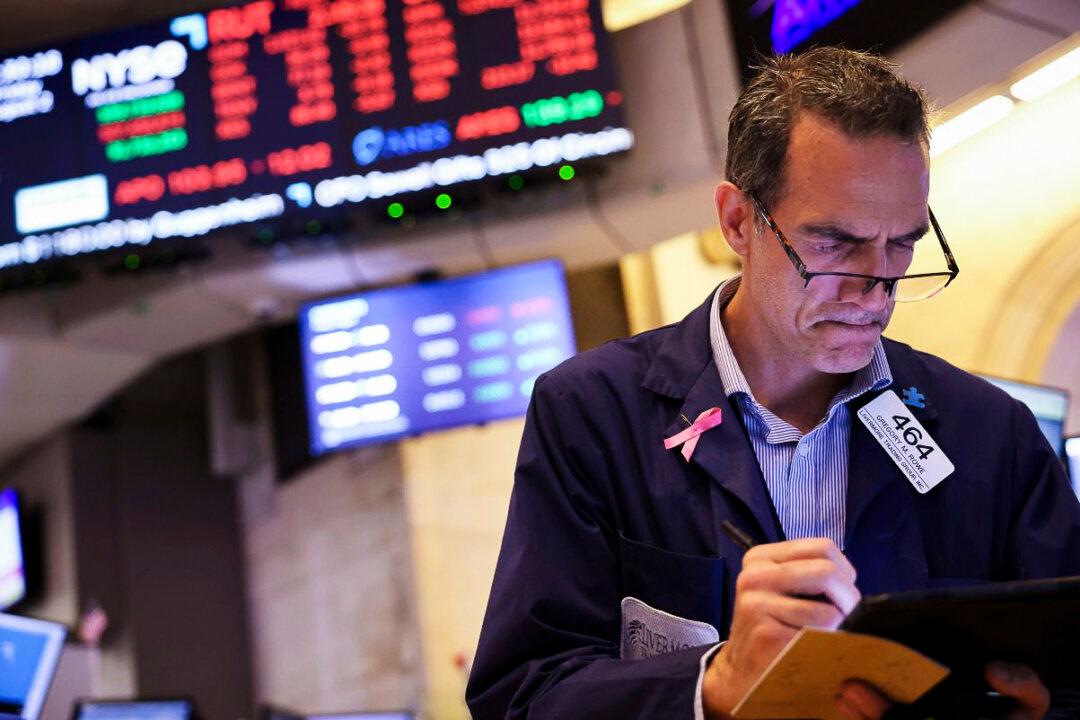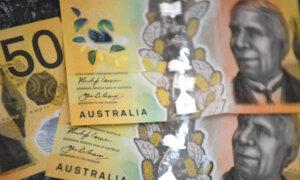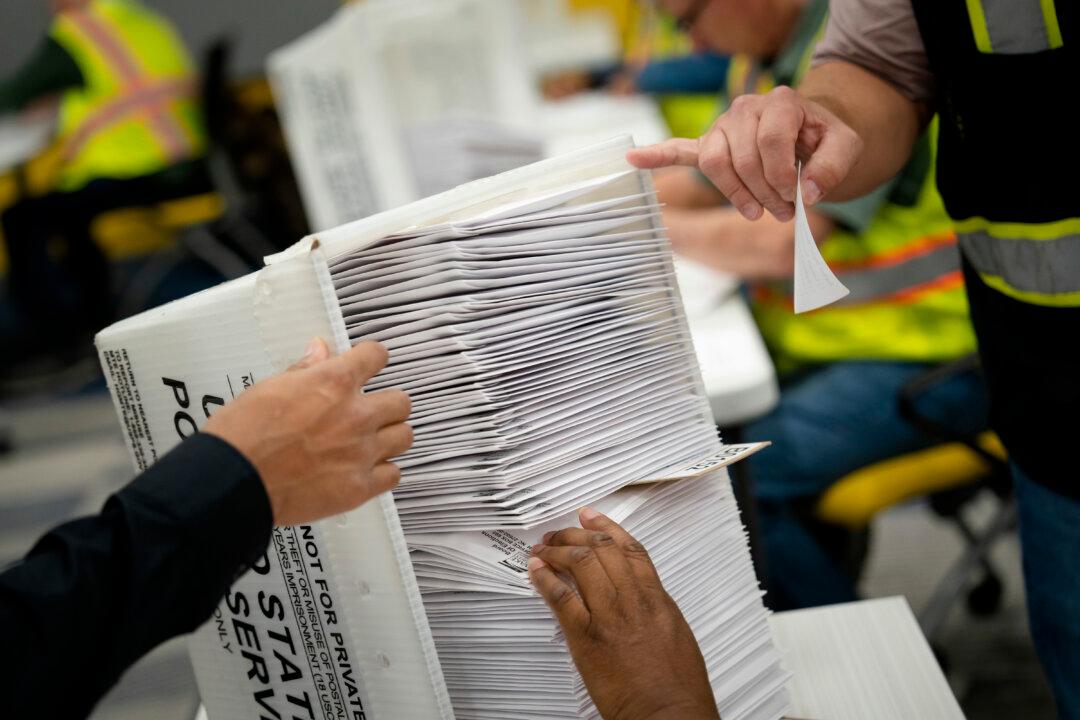U.S. stocks took a nosedive on Aug. 5 amid a worldwide stock market selloff as fears of a possible U.S. recession have mounted in recent days.
The Dow Jones Industrial Average dropped 1,033.99 to close at 38,703, while the Nasdaq Composite lost 3.43 percent and closed at 16,200. The S&P 500 slid by 3 percent.
Already on Aug. 5, Japan’s Nikkei 225 index nosedived by about 12 percent, the worst fall in its history, and Japan’s Topix index fell 12.2 percent. Yields on U.S. government bonds hit multi-month lows, with the 10-year note last at 3.68 percent, while the two-year slipped to 3.69 percent.
A weak jobs report from the U.S. Department of Labor last week coupled with shrinking manufacturing activity in the world’s largest economy as well as dismal forecasts from top U.S. technology companies pushed the Nasdaq 100 lower as well.
Analysts at Goldman Sachs also noted the Fed’s ability to boost market optimism, estimating a 25 percent likelihood of a U.S. recession, whereas JPMorgan analysts were more bearish, assigning a 50 percent probability to a recession. “Now that the Fed looks to be materially behind the curve, we expect a [basis points] cut at the September meeting, followed by another 50 [basis points] cut in November,” economist Michael Feroli said.
Major Wall Street brokerages also revised their Federal Reserve rate projections for 2024 to show greater policy easing by the central bank.
“I don’t think the Fed would go 50 basis points because at the same time, it would imply that the Fed was wrong, that a recession is right around the corner and it would do more to increase investor tension than it would to calm nerves,” Sam Stovall, chief investment strategist at CFRA Research, said. “If anything, I would say that the Fed might engage in an intra meeting, easing of 25 basis points to let the markets know that it is on top of the issue.”
“The Fed’s job is very straightforward: maximize employment, stabilize prices, and maintain financial stability. That’s what we’re going to do,” Goosbee said on CNBC’s “Squawk Box.” “We’re forward-looking about it. So if the conditions collectively start coming in like that on the through line, there’s deterioration on any of those parts, we’re going to fix it.”
On Aug. 2, the Labor Department said that nonfarm payrolls increased by 114,000 and the unemployment rate increased to 4.3, worse than expected.
But Goosbee said that he does not believe the numbers forecast a recession.
“Jobs numbers came in weaker than expected, but [are] not looking yet like recession,” he said. “I do think you want to be forward-looking of where the economy is headed for making the decisions.”
If the United States enters recession territory, it could roil the already tumultuous 2024 presidential election, which has already seen the attempted assassination of former President Donald Trump and the suspension of the campaign of the leading Democrat candidate, President Joe Biden, in favor of Vice President Kamala Harris.
Trump has already deployed messaging related to the U.S. economy and will likely do so as the November election nears. Reacting to the stock market drop, the former president suggested on his social media platform, Truth Social, that the current presidential administration is to blame.
The Dow Jones’s worst drop in history in terms of points came during the onset of the COVID-19 pandemic, in early 2020. At that time, it plunged by 2,997 points on March 16, 2020, or 12.9 percent.
Other than the Great Depression’s start in 1929, the worst U.S. stock market crash came on Oct. 19, 1987, when the Dow Jones plunged by 22.6 percent on what is now known as “Black Monday.”







